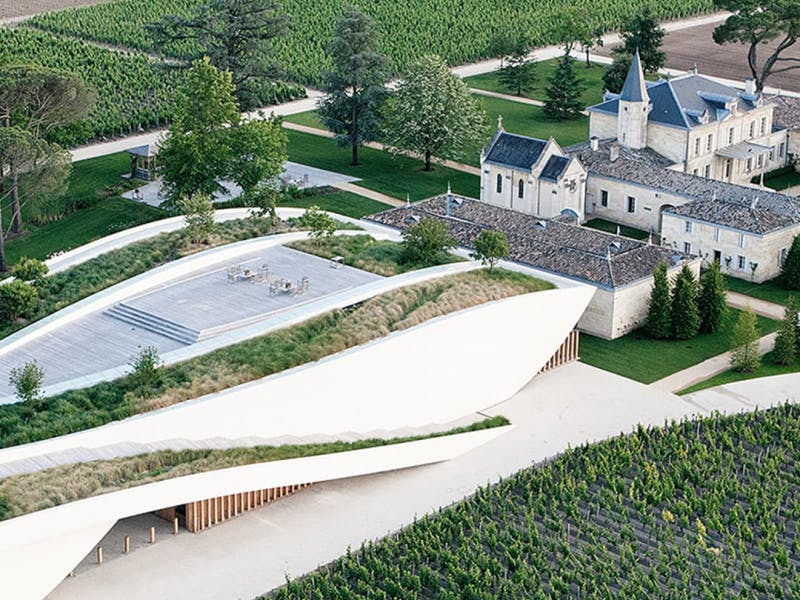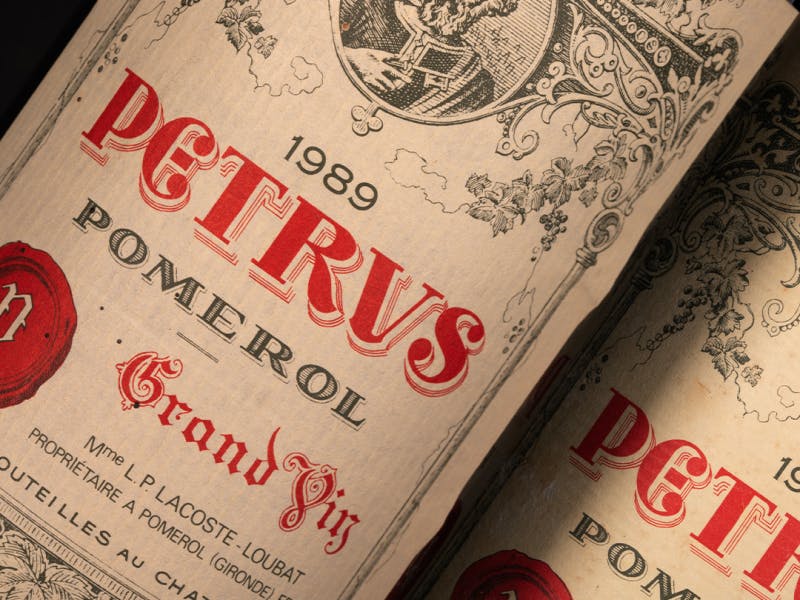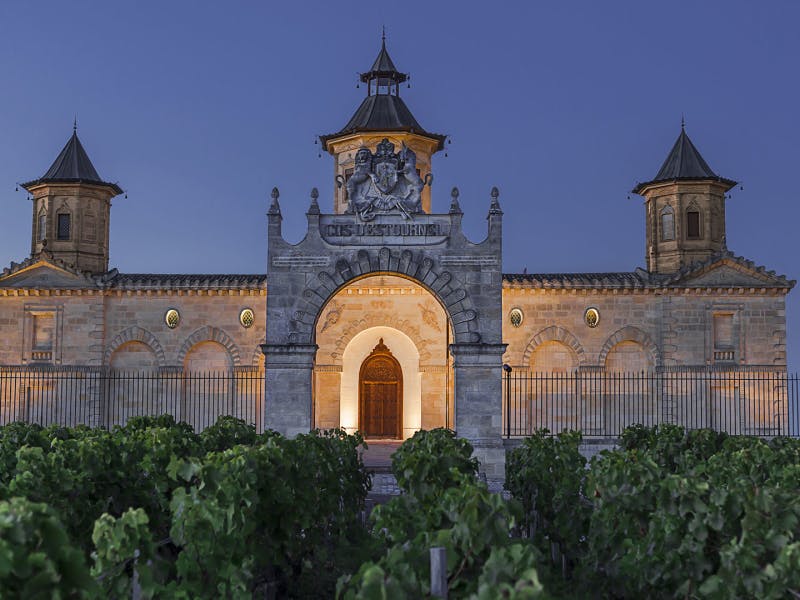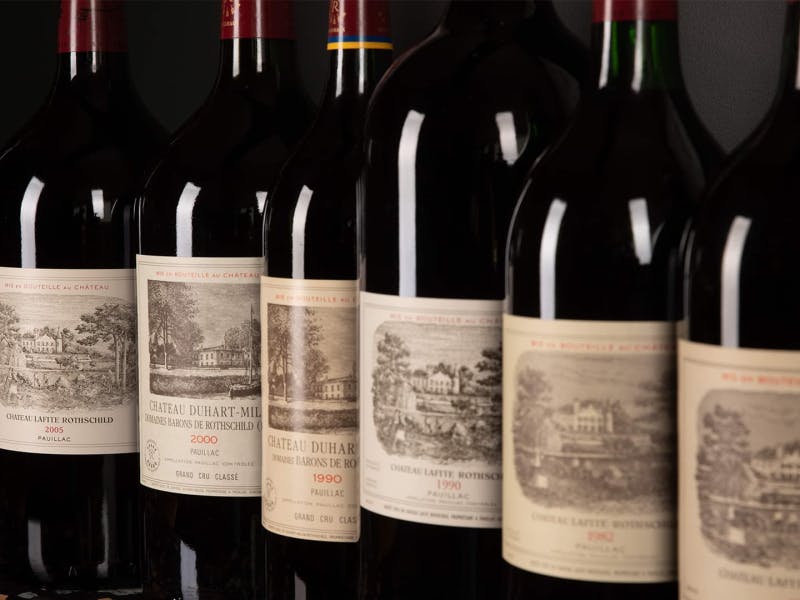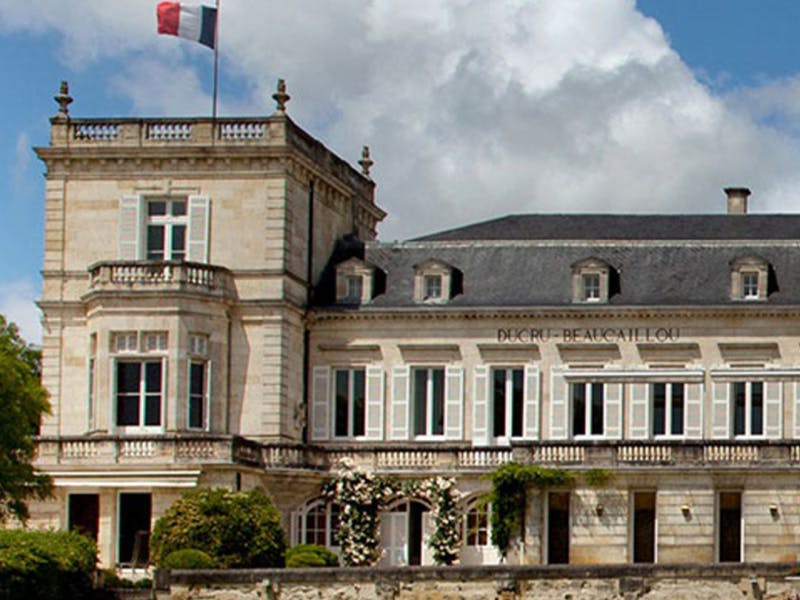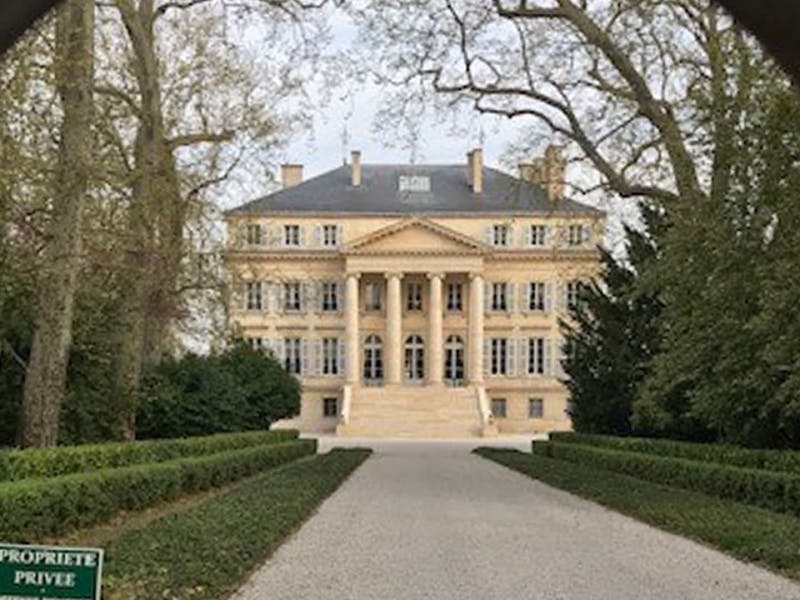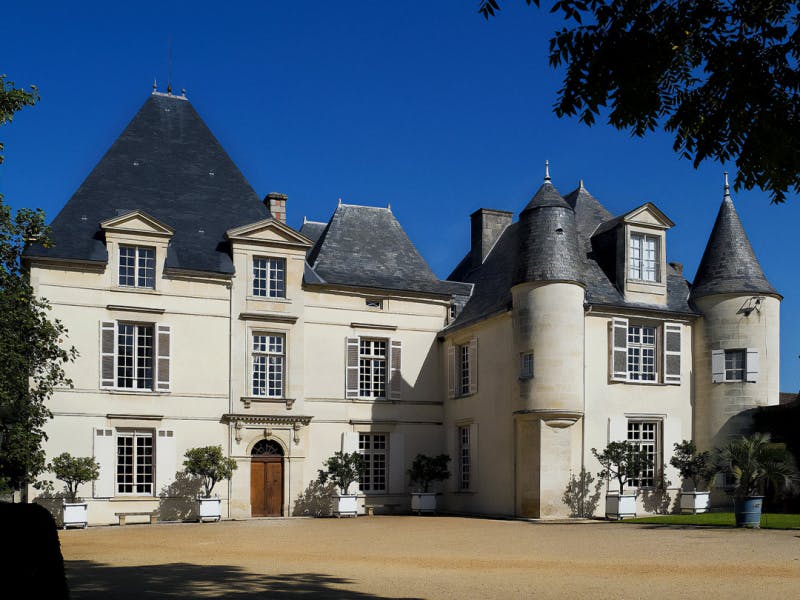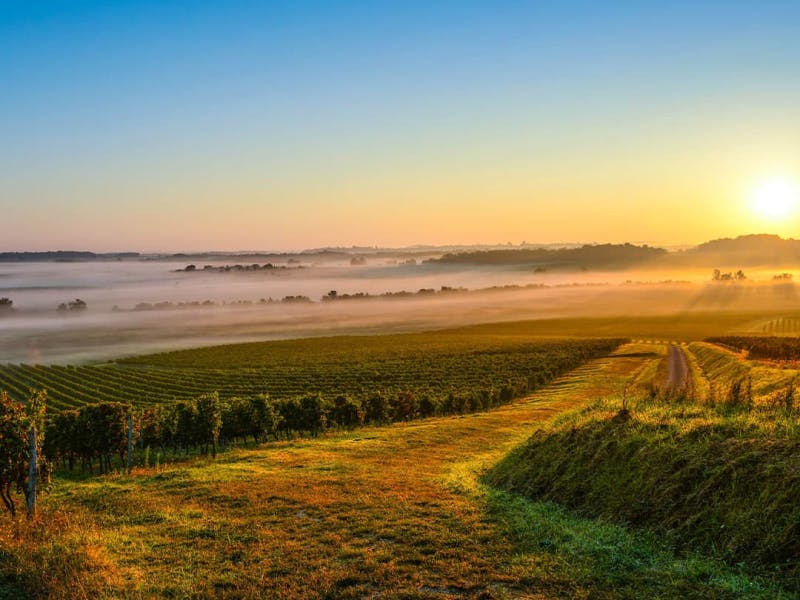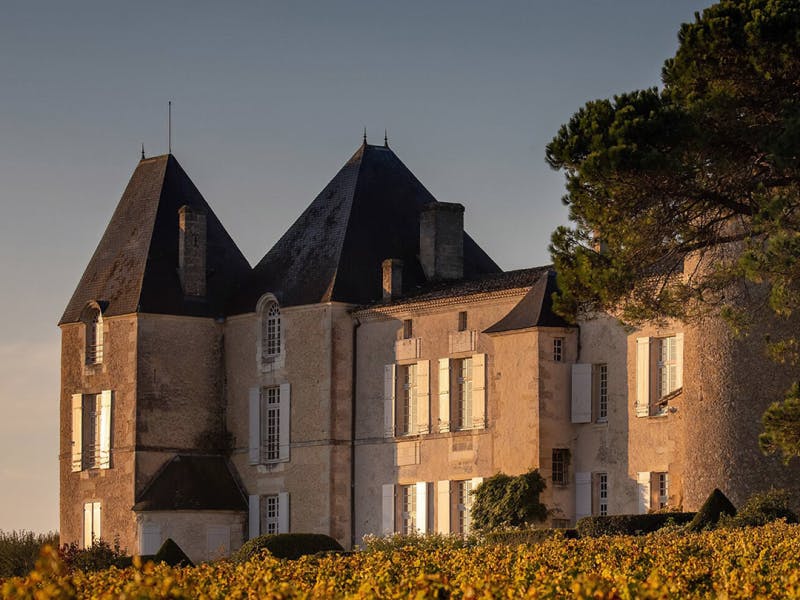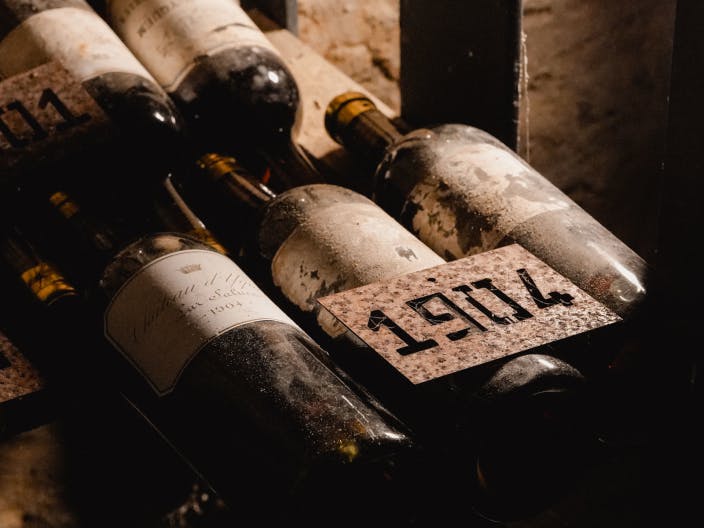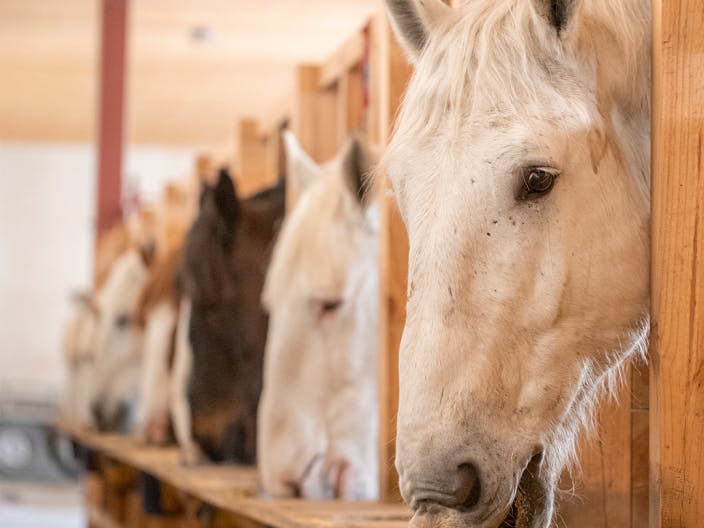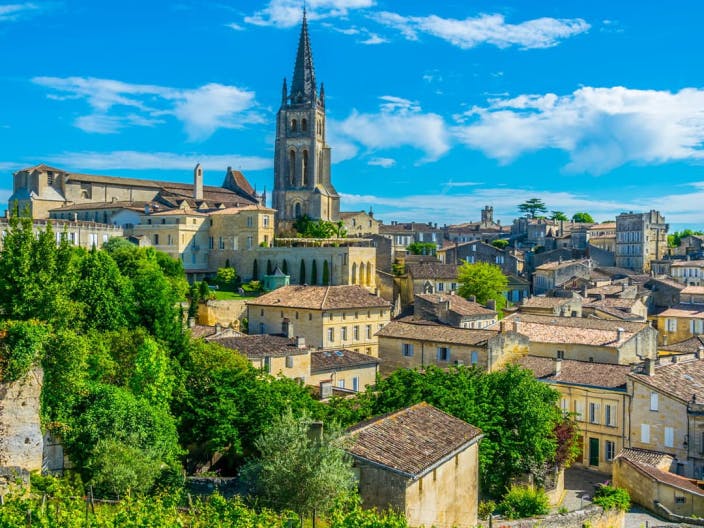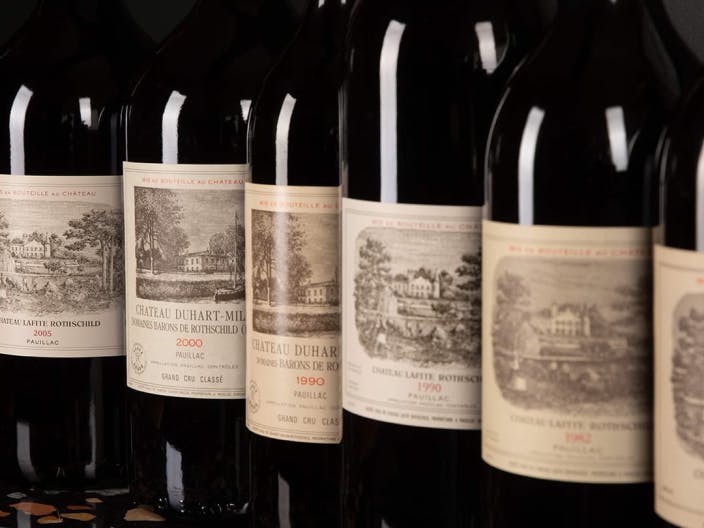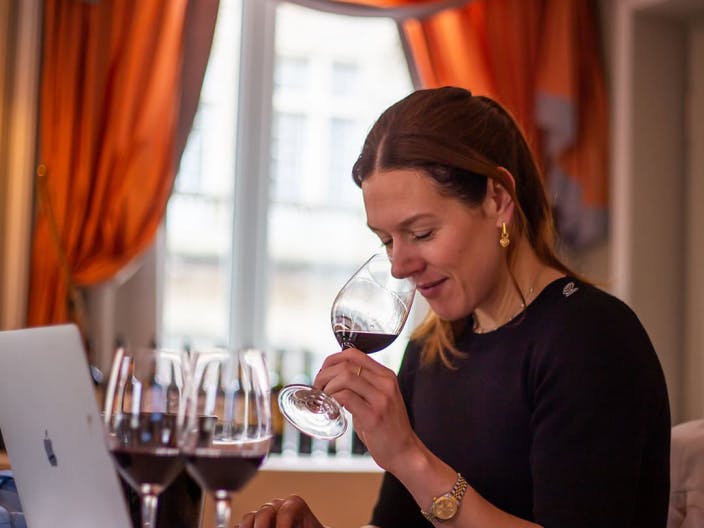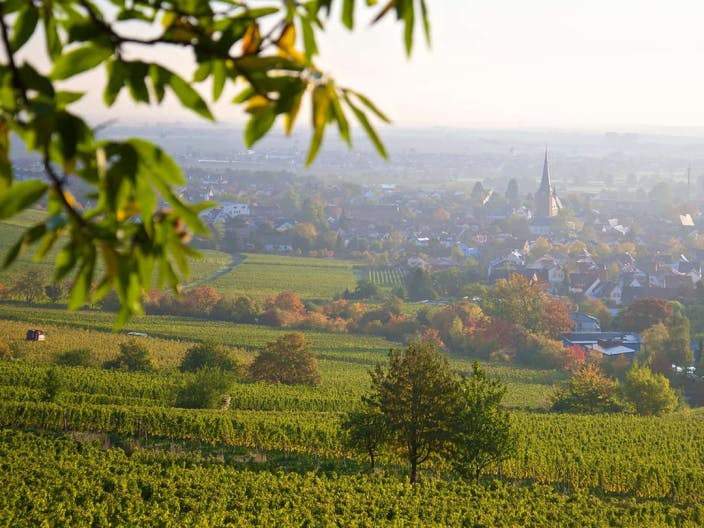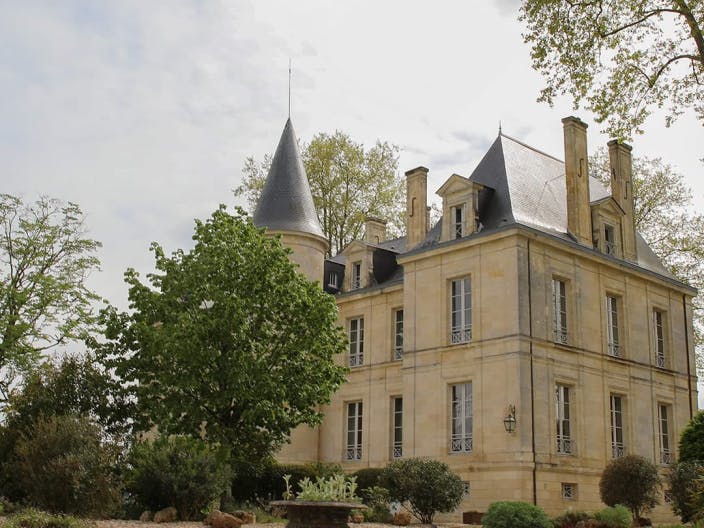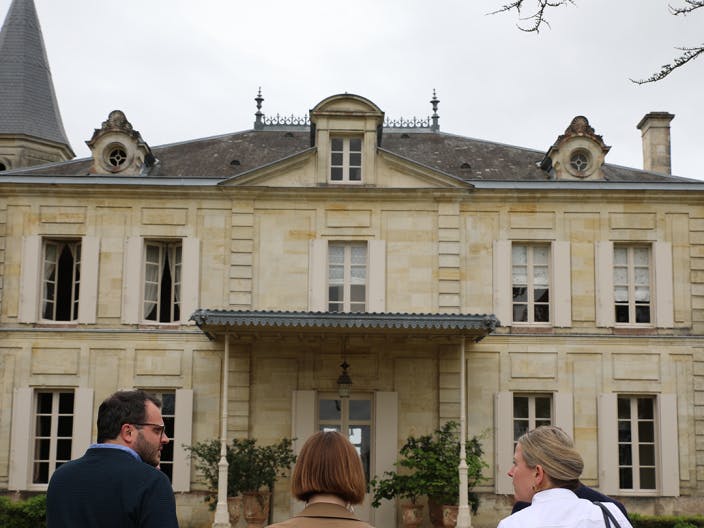About the region
Bordeaux is seen as the historic capital of fine wine. Up until the middle of the 20th century, its esteemed châteaux went largely unchallenged as the world’s top producers, exporting their revered wines all over the world. Their reputation was no doubt helped by the vineyards’ proximity to the Gironde estuary, flowing out to the Atlantic Ocean – perfect for exporting to the rest of Europe, the UK and beyond. Historic estates such as First Growth Ch. Haut-Brion date back to the mid-17th century, while there is evidence of grapes being grown on Bordeaux’s raised gravel hillocks as far back as Roman times.
Turreted châteaux and densely woven vineyards lie close to the region’s main waterways, the Garonne and Dordogne, which merge to become the Gironde estuary, which feeds into the Atlantic Ocean. It is these rivers and the region’s proximity to the ocean that has given the world access to Claret (the traditional term for red Bordeaux) for centuries; today, Bordeaux remains synonymous with distinguished fine wine.
The Left and Right Bank
The region is divided broadly in two: the Cabernet-dominant Left Bank and the Merlot-loving Right Bank. On the Left Bank, the 1855 classification ranked 61 of the-then highest-priced wines from First to Fifth “Growth” and it remains in place to this day. The members of this prestigious classification are found predominantly in the clay and gravel soils of appellations including Saint-Estèphe, Pauillac, Saint-Julien and Margaux.
On the Right Bank, Pomerol and Saint-Emilion are the two key fine-wine appellations where Merlot and Cabernet Franc play the starring role. The UNESCO-listed town of Saint-Emilion also has its own classification, which is updated every 10 years to reflect the rise and fall of its producers (find out more about the 2022 classification here). Its finest vineyards typically sit on limestone, making wines with finesse, whereas the stars of Pomerol have their roots in blue clay and create a richer, more mouth-filling style.
Bordeaux’s white and sweet wines
It’s often forgotten that Bordeaux also produces very fine white wines, both dry and sweet, made from Sauvignon Blanc, Semillon and Muscadelle. Its dry whites reach their apogee in the appellation of Pessac-Léognan, with the best fermented and/or aged in oak, while Sauternes and Barsac are home to sweet wines crafted from grapes that have been touched by noble rot. These long-lived sweet wines were also classified in 1855, classed mainly as Premiers Crus or Seconds Crus, however the area’s most famous estate, Ch. d’Yquem, was granted its own special category as Premier Cru Supérieur.
Bordeaux en primeur
The Bordelais typically release their wines each spring, which is a method known as en primeur. Sold as “wine futures”, it is the best way to ensure you secure elusive cases of fine wines produced in small volumes, while wines often also go up in value once bottled and/or as they reach maturity.
